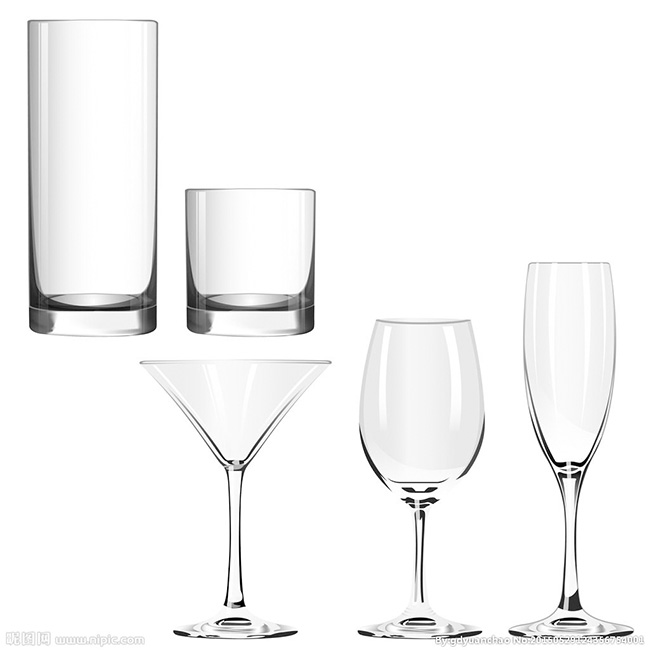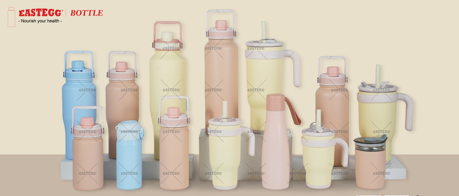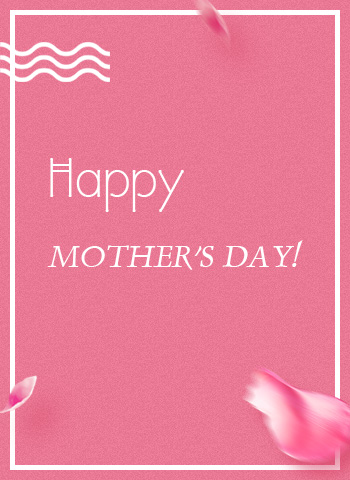How to Choose Wine Glasses for a Wine
2017-09-29 17:04:37
Select smaller wineglasses for white wine and larger glasses for red wine. Generally, more full-bodied wines work best in slightly larger glasses while lighter, fruitier wines can do well in smaller glasses. The reason that white wine glasses need to be smaller is that white wine should not warm up too much before it is consumed. As for the size of red wine glasses, the more generous, the better, to allow for a third fill and the rest of the glass permitting aeration.
Select a balloon shaped wineglass to allow the wine to promote better flavor and to allow the wine to develop its full bouquet. Wine needs room to breathe and a tapered shape is the best for releasing the aroma.
For still wine, have a fine, plain and colorless glass. If the glass is chunky, has designs or color, you won't be able to appreciate the appearance of the wine inside.
Wine expert Joanna Simon recommends that a glass should be able to fit a quarter bottle of wine to about a third to half of the glass
Choose fluted or tulip-shaped (champagne) glasses for sparkling wines . This shape helps keep the bubbles intact for longer and ensure the best flavor and aroma while drinking the sparkling wine.
Avoid using the Champagne saucer or coupe for champagne; it causes both bubbles and bouquet to disappear instantly.
Look for cut over rolled edges to the glass. This is more finished look and feels pleasant to the mouth touch.
For wine accompanying dinner, choose wine glasses that are slightly larger so that they can accommodate larger pours, around 4 to 6 oz each, while still having ample empty space in the bowl.
For wine tasting events, choose small, inexpensive glasses. Wineglasses just for tasting wine at a wine tasting party don't need to be as pretty or expensive. Indeed, since you will often need many and some are liable to be broken by guests, prefer cheaper ones for such occasions. Smaller tasting glasses are optimal, particularly if many wines will be served at one time and over the course of the evening. They are easier to clean and you can fit more in front of each guest on the table. Also, tasting pours tend to be smaller so that each wine can make it around to each guest and each guest can drink more wines without getting too tipsy. A small pour in a very large glass can get lost and be hard to assess how much has been consumed.

-
How to Use the Internet in China: Business Traveler’s Guide
2025-10-30 18:28:06















